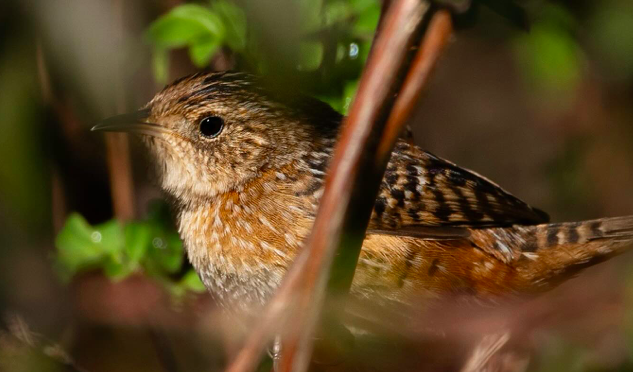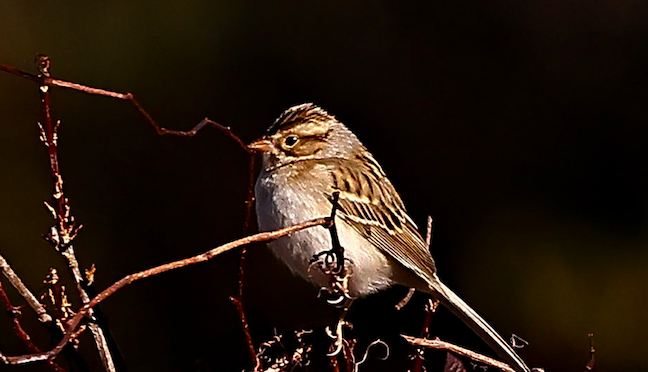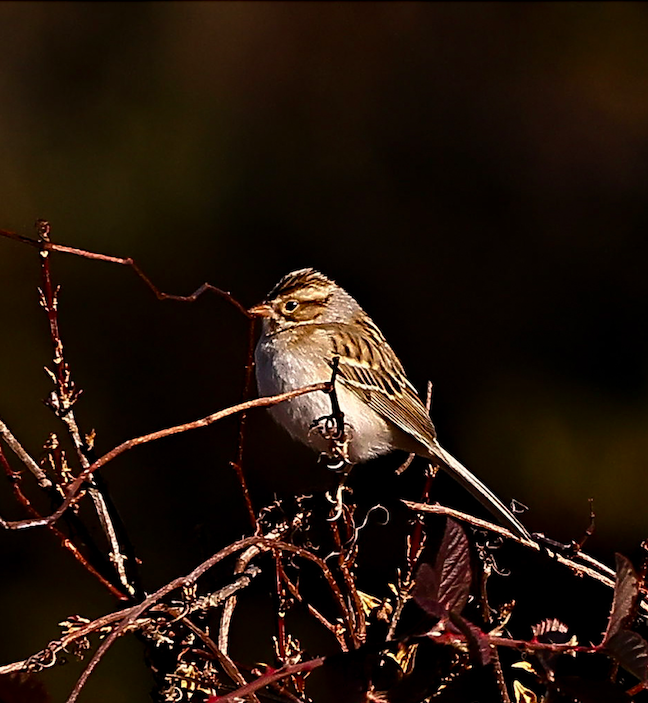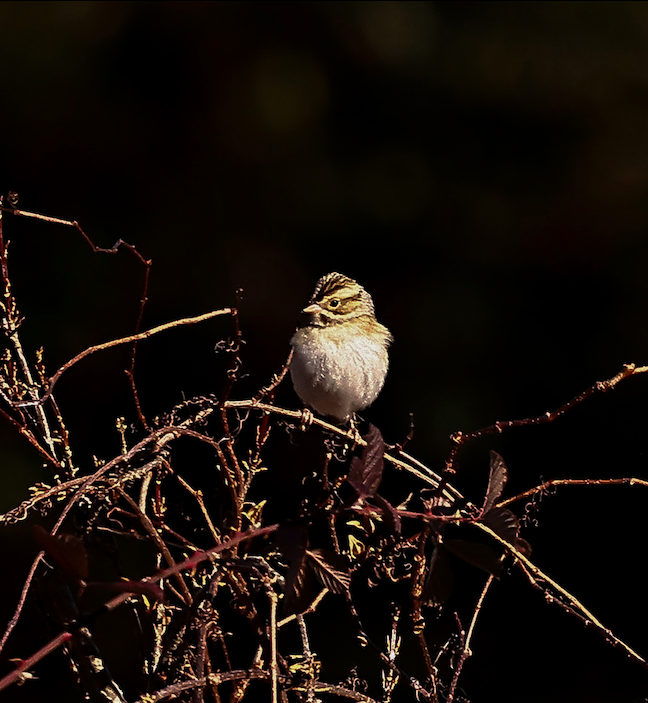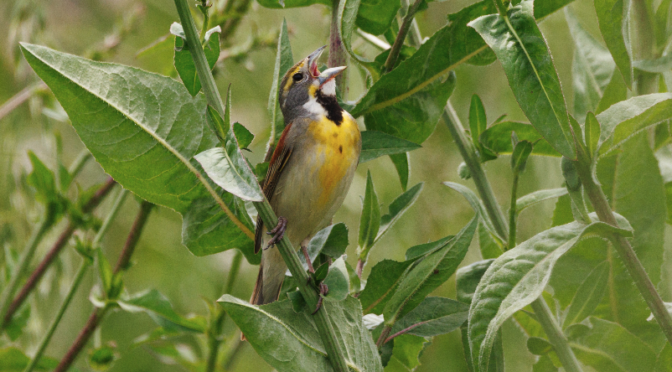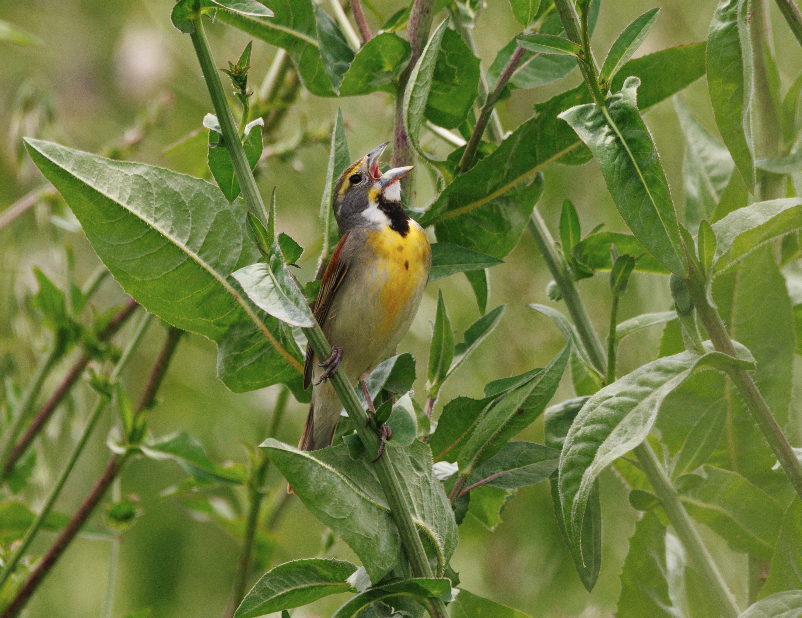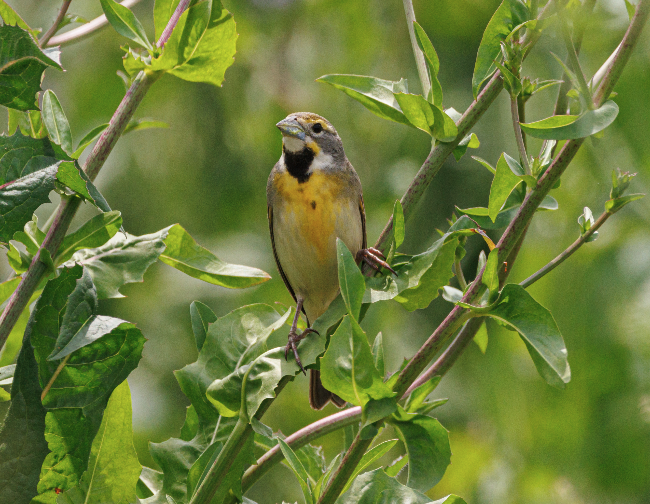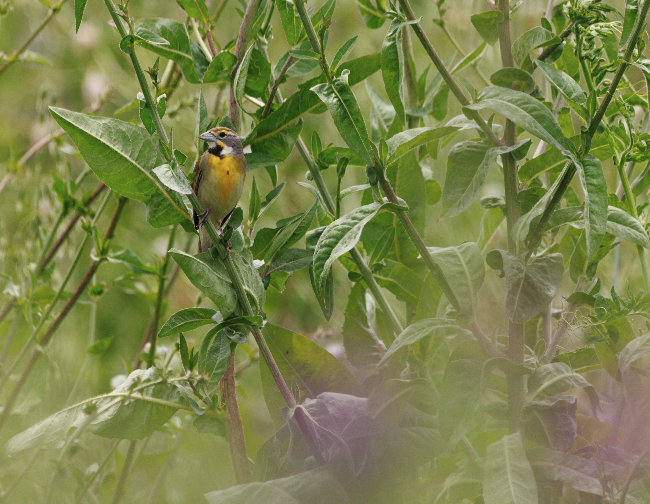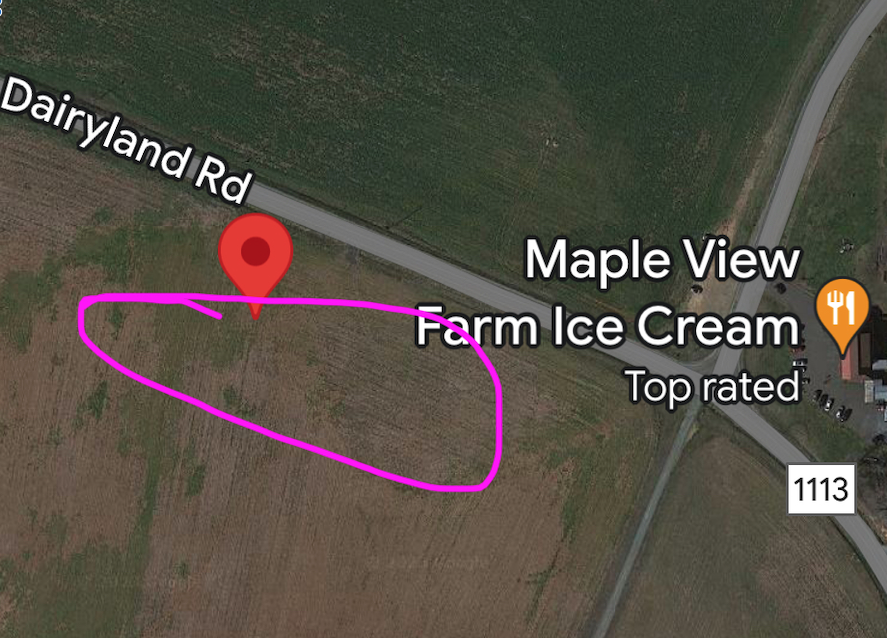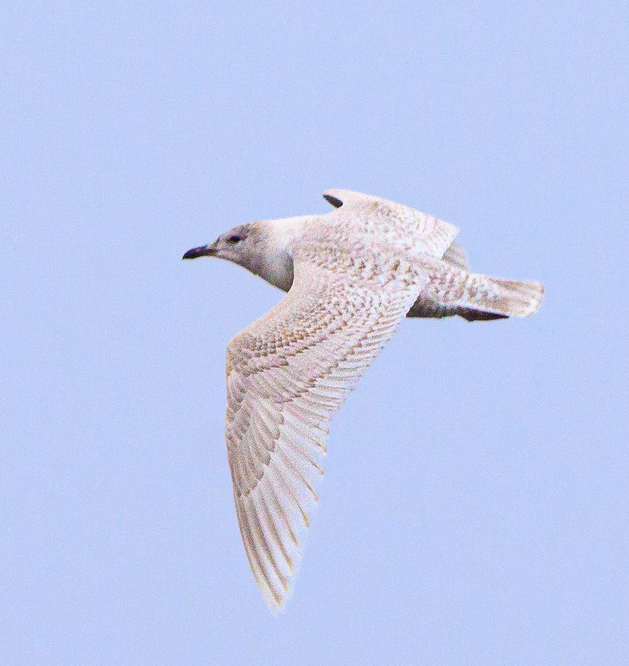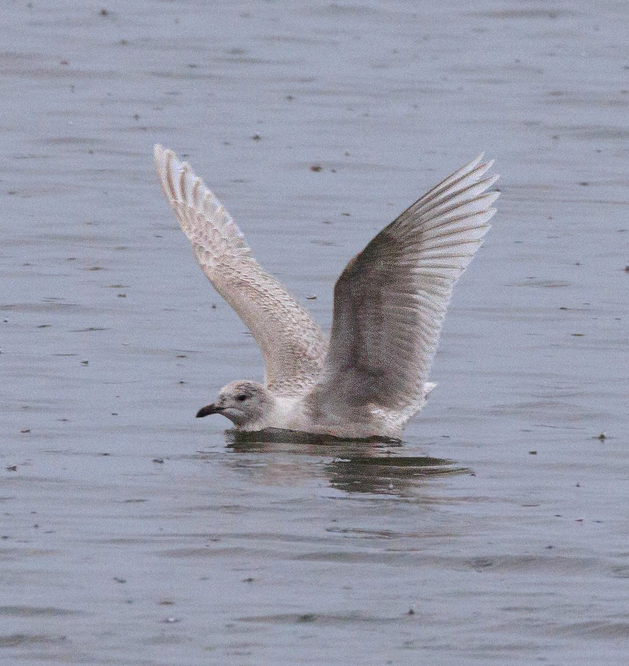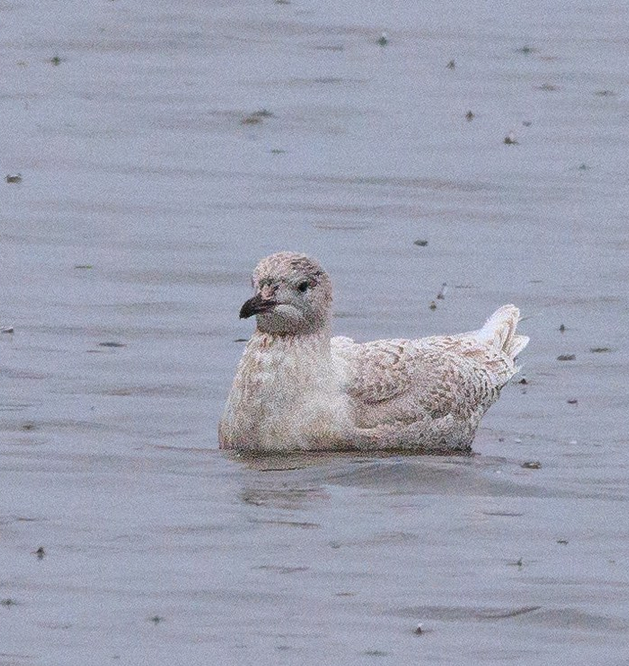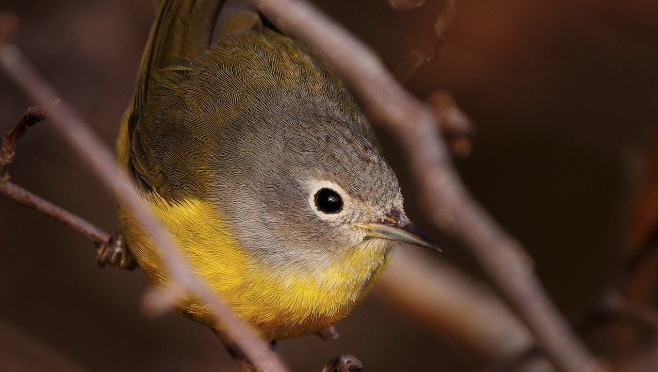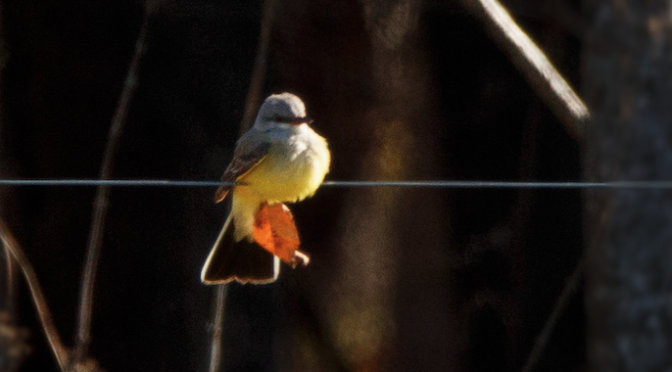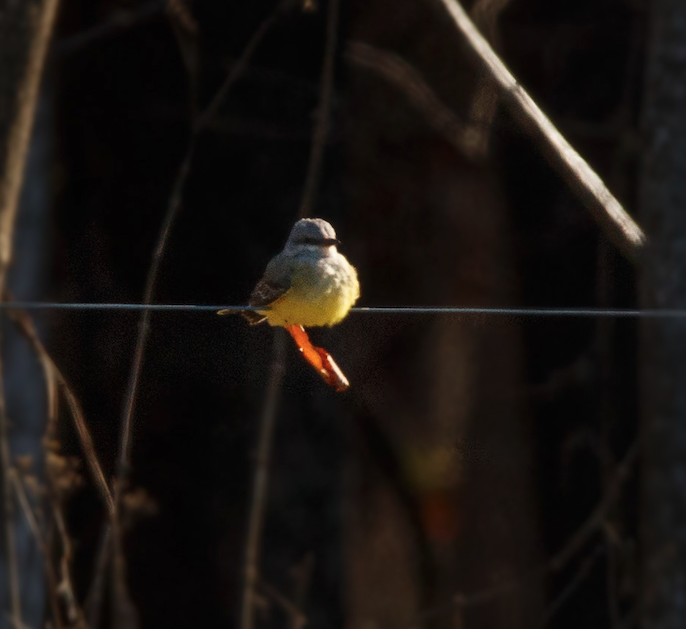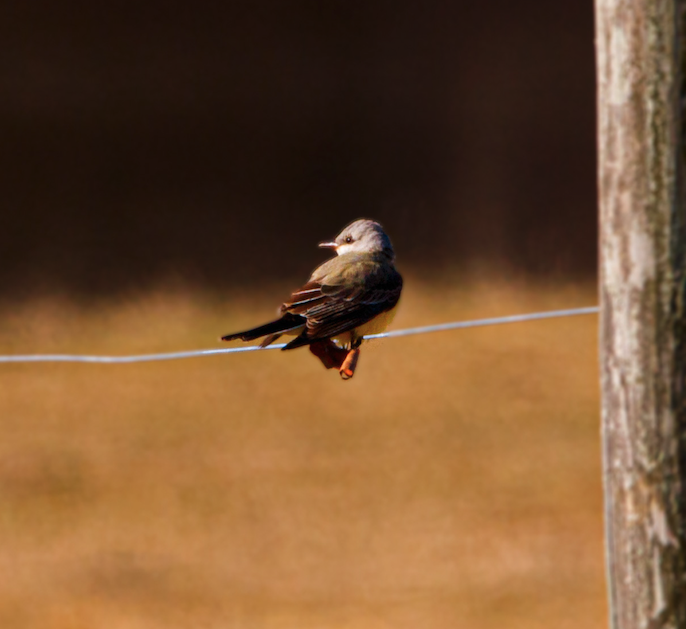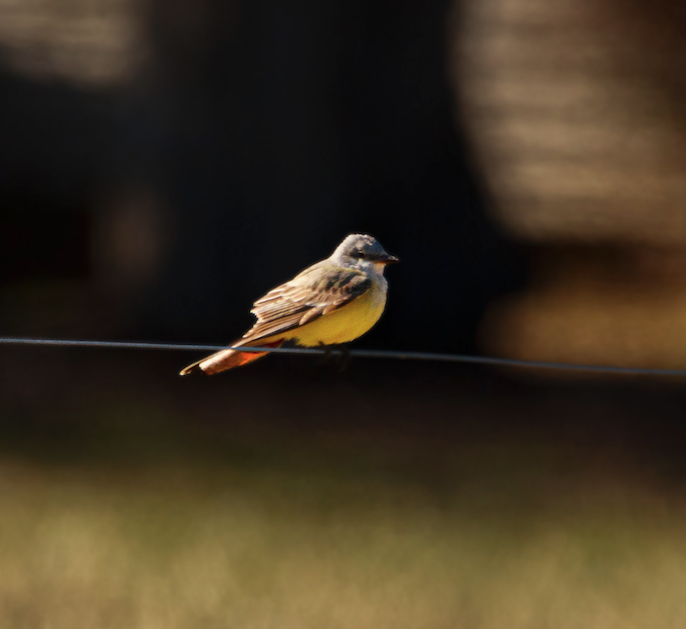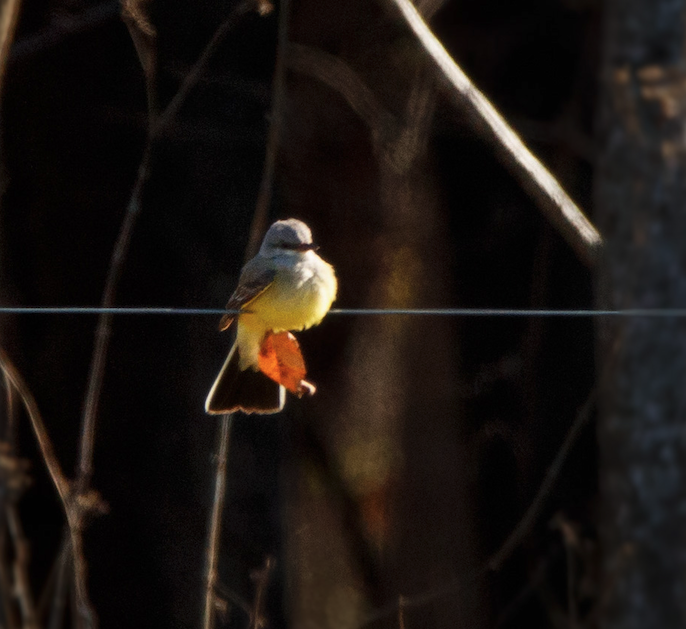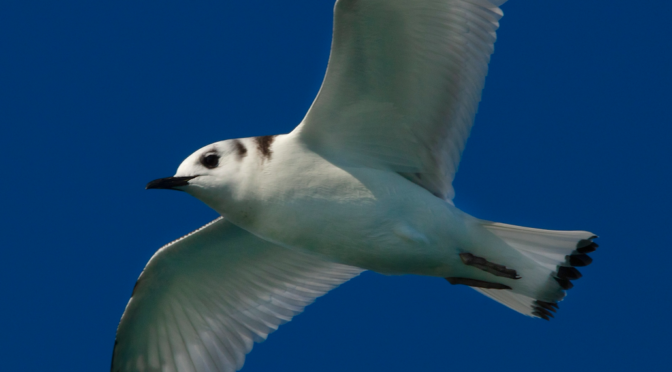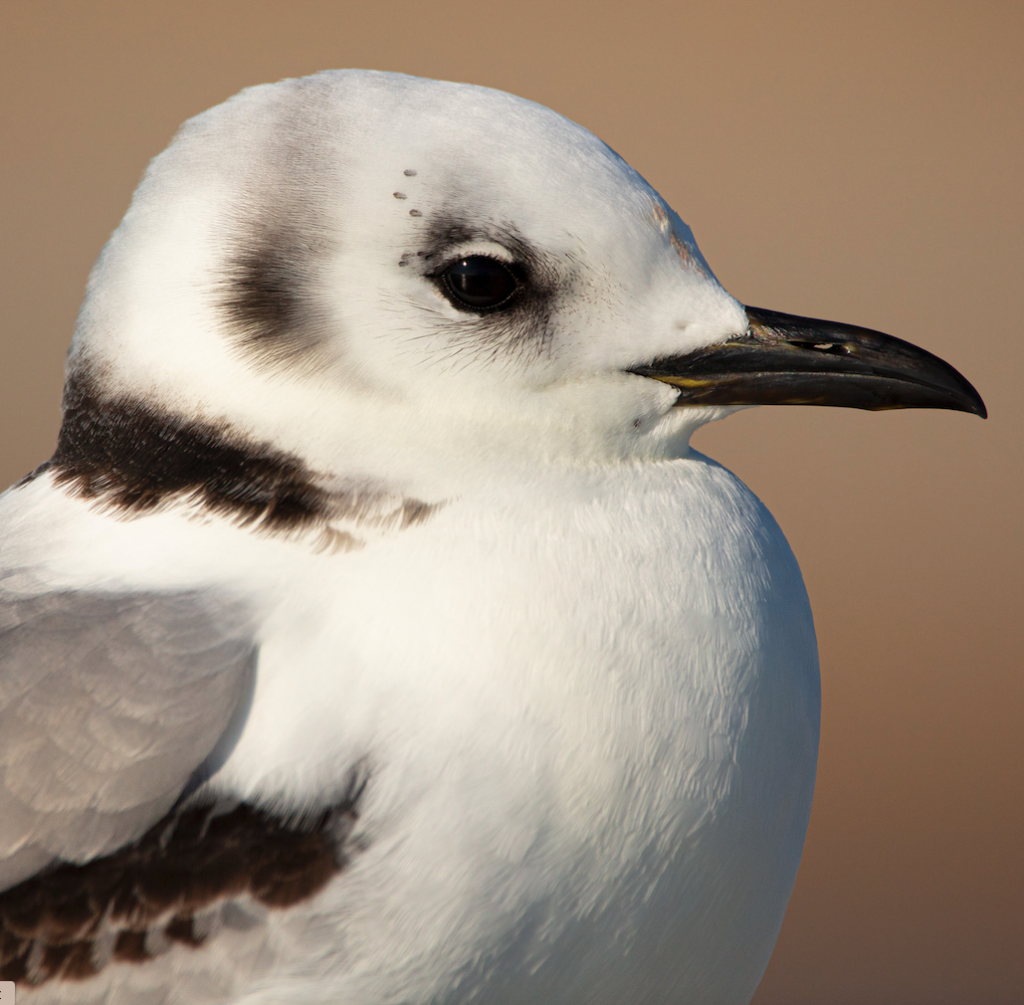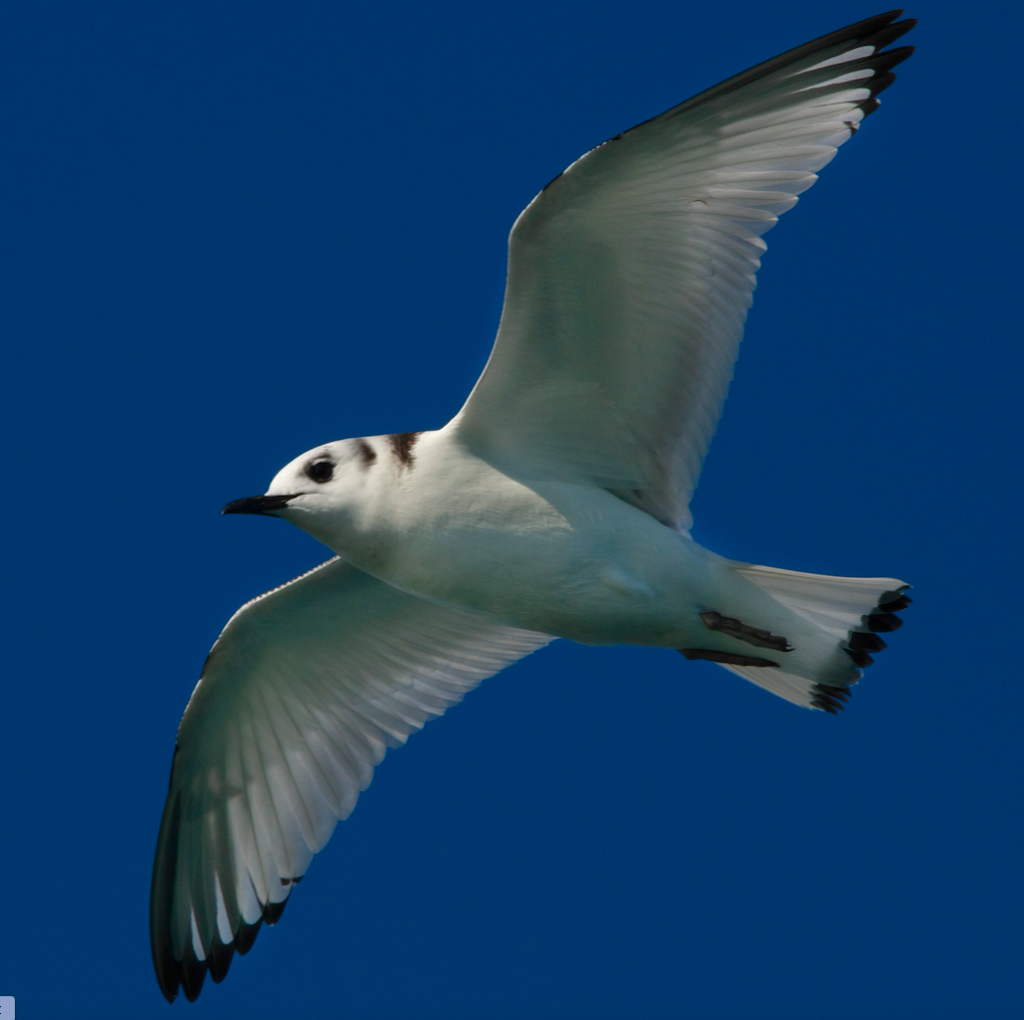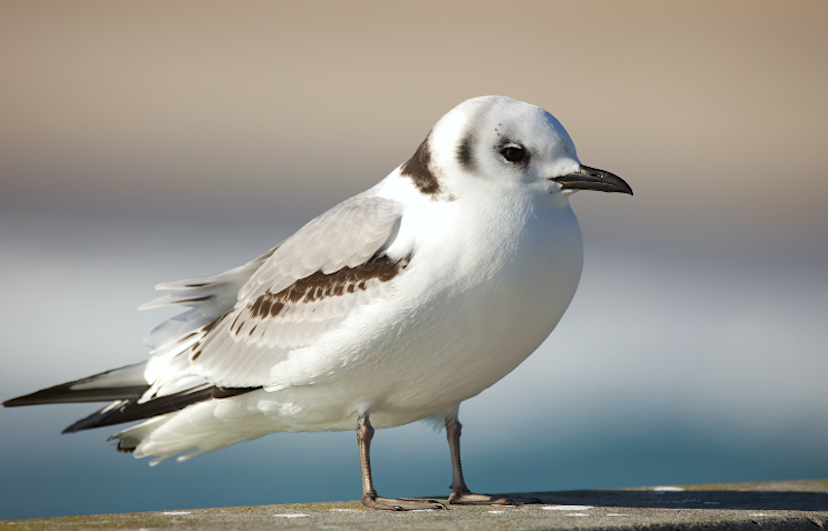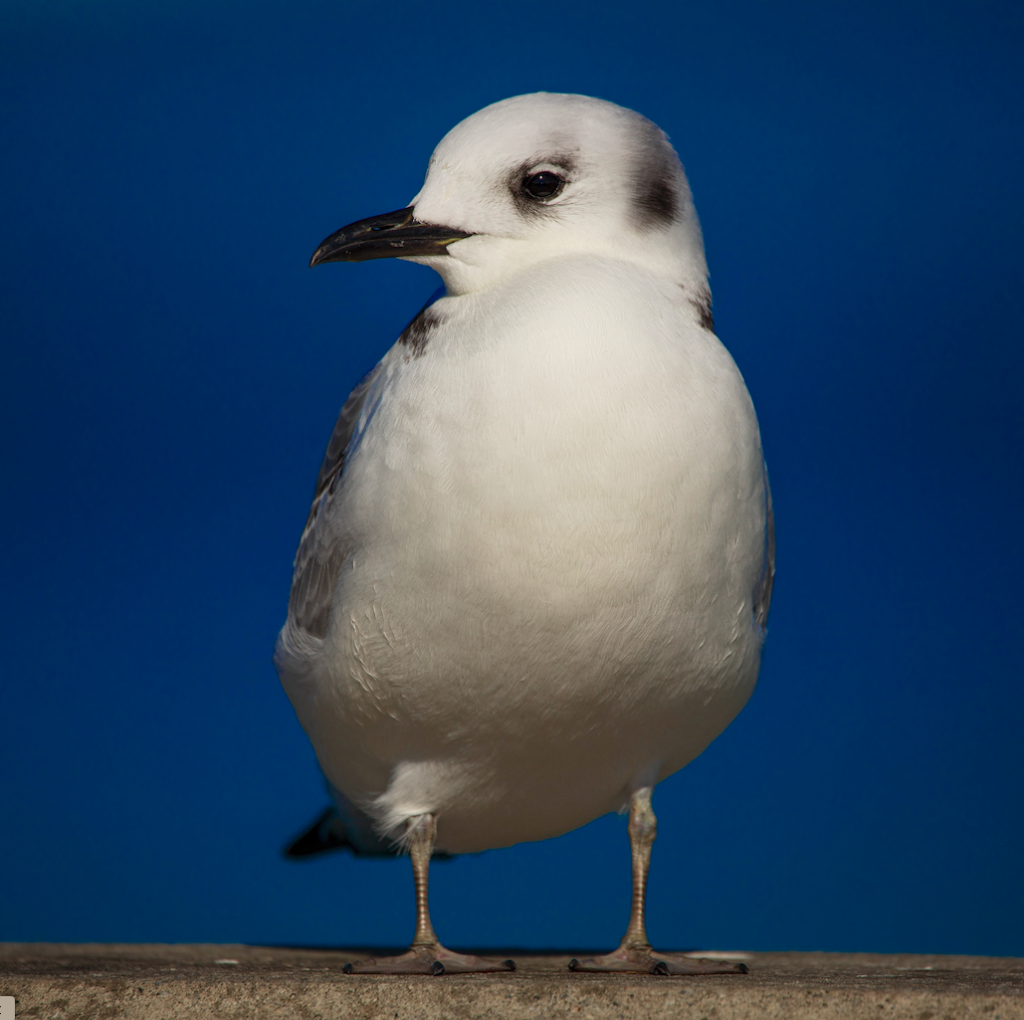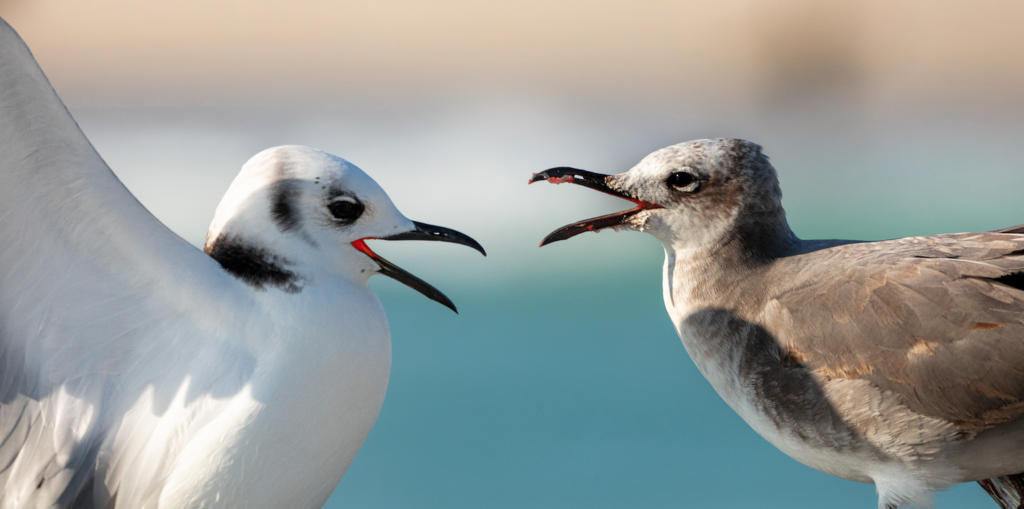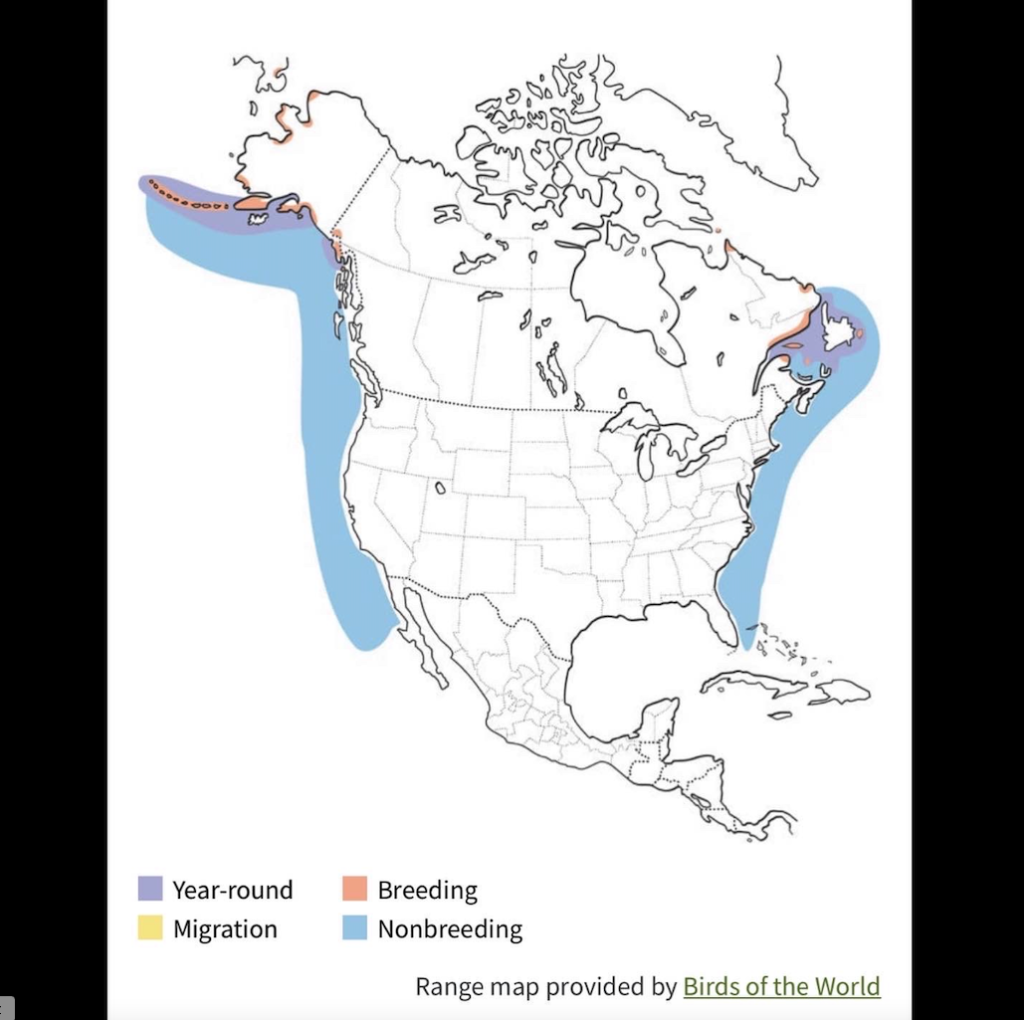By Sally Siko
It’s been a good winter of birding so far.
Bird number 180 for the year appeared this morning in the form of a sweet looking Sedge Wren in Durham county NC.
My friend Corie and I spotted it next to a field flitting around in the tangled undergrowth of a sharp thorned bit of scrubby bush.
This little guy was (as is the case with many species of wrens) very, very vocal which made him easy to locate in the dense tangle.
Yet, actually getting a clean look at it (much less a decent photo lol) was difficult at best.
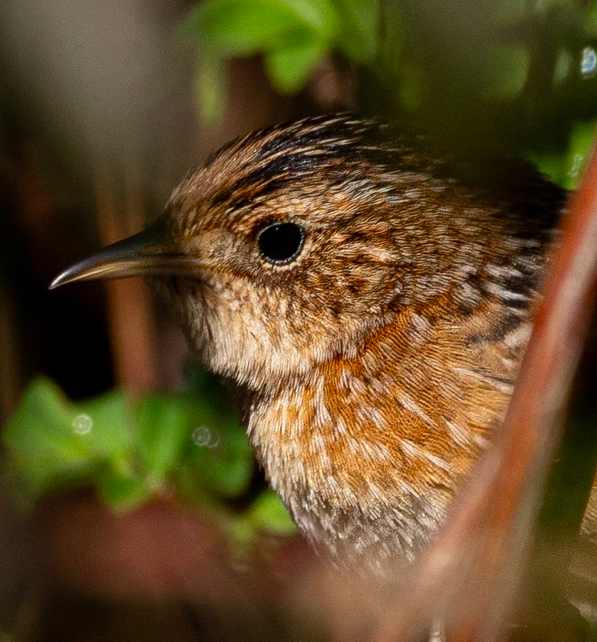
The problem was that the bird hardly sat still for more than three seconds. Making matters worse, in addition to all of the twigs and leaves between my lens and the bird, the light was very harsh with dark shadows, and blown highlights.
It took us around 45 minutes of waiting for the bird to pop out of the center of the bush, and even then there was always a twig or a leaf partially concealing the view.
In the end I was satisfied with the photos I was lucky to snap and grateful for the opportunity to even see this bird at all.
Success lol!
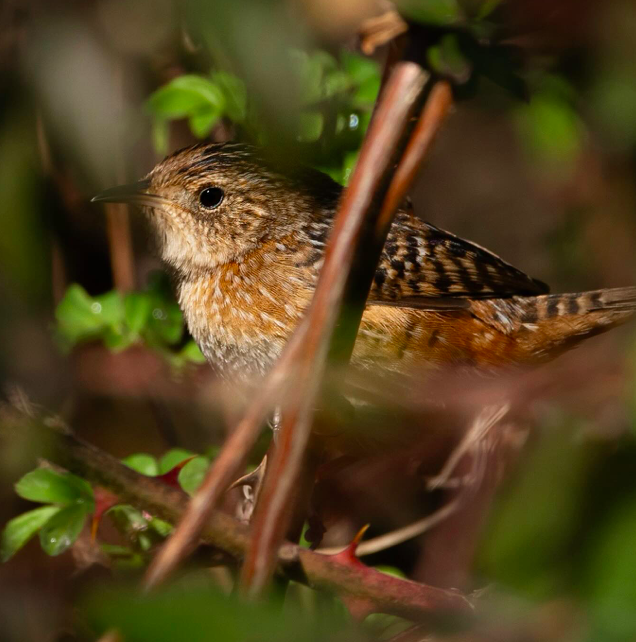

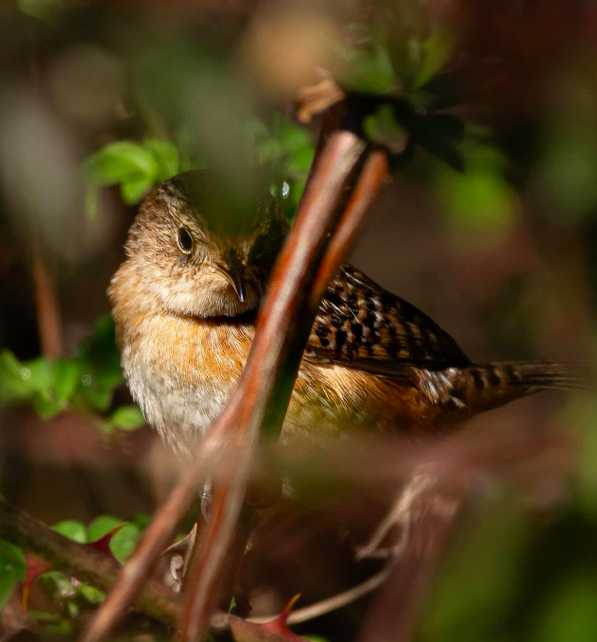
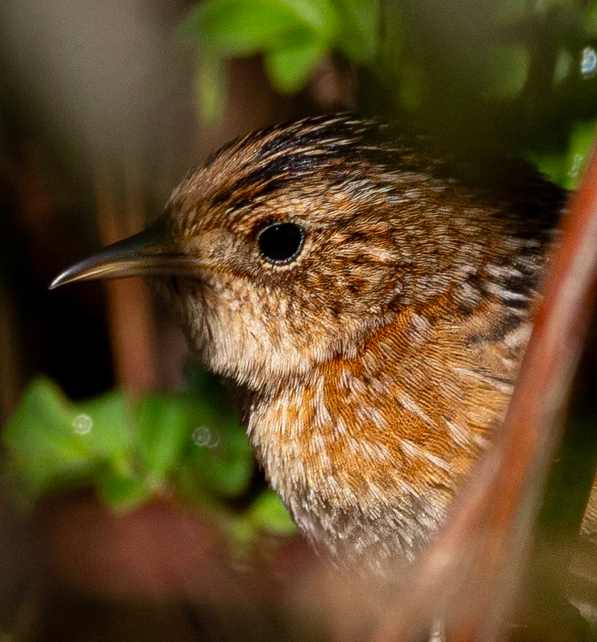

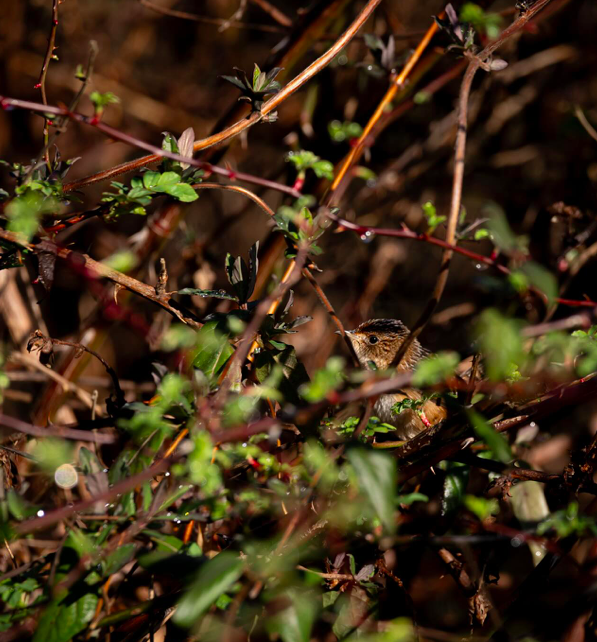
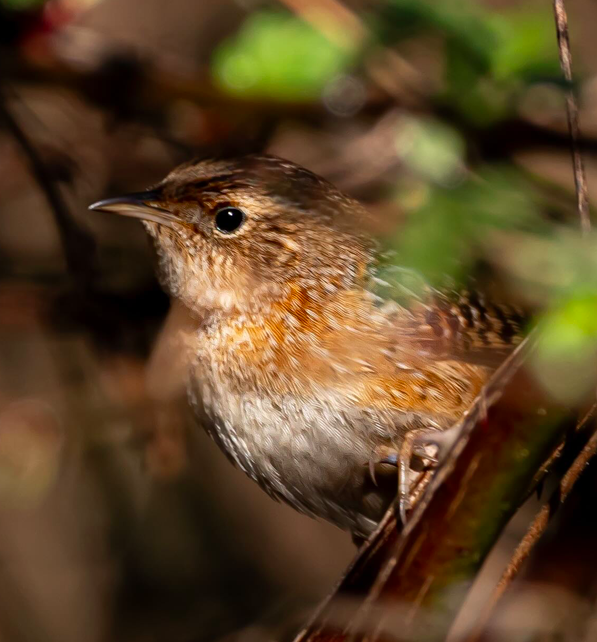

Sedge Wrens are a winter resident of North Carolina in our eastern counties.
Here in central NC, they are considered a rare sight so spotting one in the Durham area was a real treat.
They are best found in transitional areas where marshes blend into open fields and especially where there are patches of brush for them to hide and stalk prey.
Once called the Short-billed Marsh Wren, these birds are similar looking to the Carolina and Marsh Wrens we’ve got in NC.
Measuring about 4.5in long, Sedge wrens are streaked with black and brown plumage.
They’ve got white bellies and throats, with soft brown buff coloring on the sides and breasts.
Their tails have a black barring pattern on the topside.
What really stands out though is that bill which is noticeably shorter than that of its relatives.
What a cutie!
If you’d like to see this bird for yourself, I’ve attached a Google Maps pin to the birds location.
I hope that you get to see it too 🙂
Photos by @sally_siko of @bestlife_birding on my mighty mirrorless monster, the @canonusa #R5

